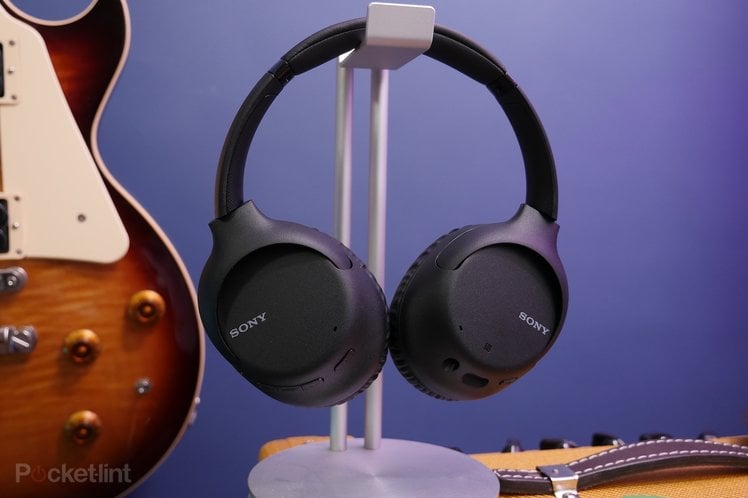
One of the great things about technology advancing is that, often, features that used to be reserved for high-end and expensive devices eventually trickles down to the more affordable category. One such technology in the world of headphones is active (or adaptive) noise-cancelling.
In its CH710N pair of over ear headphones, Sony has included an algorithm driven noise-cancelling technology, and done so in a pair of over-ears that costs a heck of a lot less than the premium WH-1000XM3 model.
In its price range the Sony CH710N promises a lot, but does it deliver?
Practically plastic
- Adjustable headband
- Folding, swivel design
In order to get any product into the lower price categories, compromises are ultimately necessary. Fresh out of its retail box and it becomes immediately apparent where those cutbacks are made here. Firstly, there’s no travel bag or pouch, or any form of carry case – the likes of which are pretty standard in higher-end headphone offerings these days.
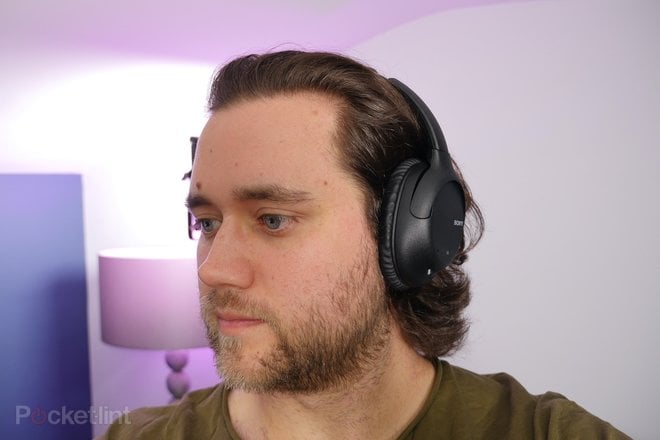
The look and feel of the CH710N strikes us as well. From a distance, and indeed in Sony’s promotional materials, this budget pair looks decent enough. The arms holding onto the earcups form this seamless curve with the rounded exterior, and it has this fuss-free, minimalist appearance.
Give them a good shake, though, and there’s some creak and rattling. It doesn’t matter which part you move, shake or adjust, it makes a noise. Run a finger over and the edges of some of the elements feel a bit sharp, while the plasticky texture makes them feel a bit hollow. And all of the swivel points and hinges feel like they move too loosely.
That’s all to be expected with a budget pair of headphones really. As is the adjustable headband, which clicks as you adjust it, but actually feels quite smooth and is easy to adjust. Plus, it’s metal-backed, so at least that part of the build feels reassuringly durable and strong.
Put the CH710N on your head and – despite the early impressions – the headphones sit comfortably in place. The loose-moving elements and the bendy headband mean these cans don’t feel too snug.
Wear for long periods without issue, as the wide earcups give your ears plenty of room to breathe – and just enough padding to stop any sensitive spots from developing. The padding on the headband is similarly effective, offering comfortable contact with the top of the head.
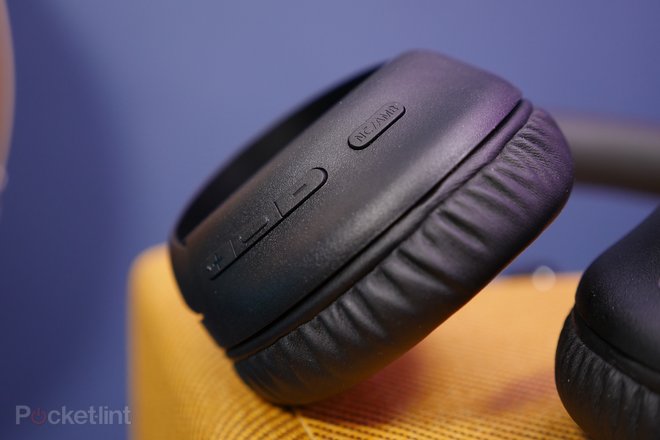
As for buttons and ports, the headphones have all physical buttons – which are generally well placed on the edges of each earcup. The right side features the noise-cancelling and ambient noise button, plus the play/pause and volume buttons. On the left you get the power/pair button, alongside which lives the USB Type-C charging port and the 3.5mm input.
Once you know where all the buttons live, it doesn’t take too much fumbling to get the button you’re looking for. However, the play/pause and volume up and down buttons are so close together, and similar in size and texture, that the first few times it’s easy to go wrong. The play and pause button has a slightly raised centre, but it’s not easy to feel.
Noise-cancelling and sound
- 30mm drivers
- Artificial Intelligence Noice Cancelling
Sound wise, there’s lots to enjoy about the CH710N, at least there is when you consider the low initial outlay. You get plenty of volume, and there’s enough of a balance between bass and highs to make music enjoyable.
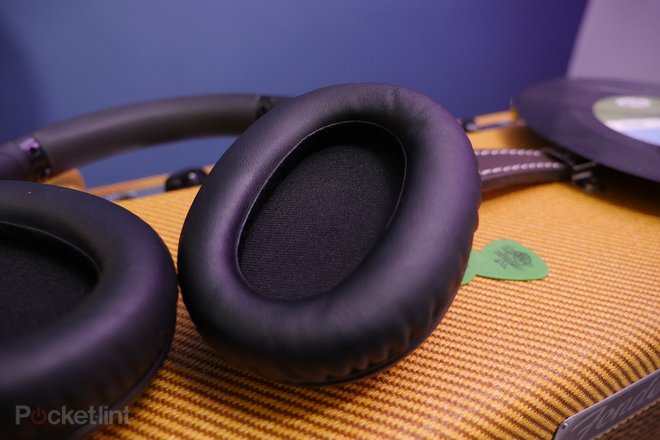
If we have any criticism here, it’s that the overall sound does lack a little in clarity. While detail is there, and the headphones let you hear all the little elements of the song, it often comes through feeling a tiny bit muddy and lacking the crispness that you’d get from a higher-end pair of headphones.
Still, bass is certainly present, making sure you feel it, but without it ever taking over the track or becoming overly boomy. Vocals are clear in among that, and you can hear the intricate paradiddling on hi-hats and the subtle additional elements like a quiet secondary guitar lick playing behind the main riff.
If there’s any element lacking, it’s the middle frequencies – just ever so slightly. But regardless of the song or genre we listened to, it was still an enjoyable listen. There wasn’t any grainy distortion in the highs, and the low notes held their character and timbre without falling into a broken mess.
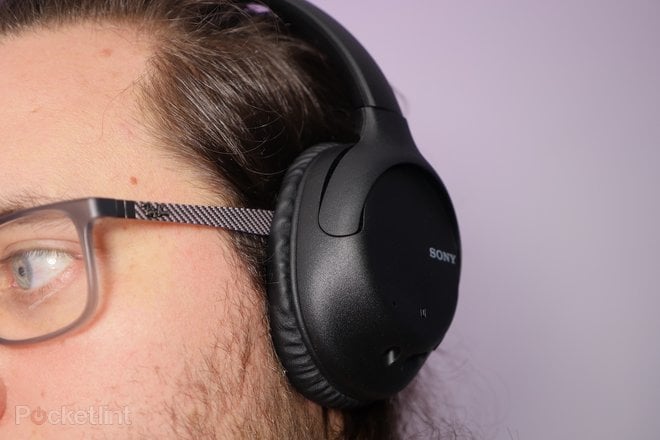
With active and adaptive noise-cancelling becoming more commonplace, it’s no surprise to see a form of noise-cancelling added to these budget headphones. It has a dual noise sensor, and uses a form of artificial intelligence to adapt to the noise around you.
Sadly, it’s not all that effective. It’s not that it doesn’t do anything; you can hear when it’s active, versus when it isn’t, and switching it on definitely kills some background noise – especially low droning sounds – but certain sounds like people chatting still seem to worm their way in. We also found that noise leaks out quite noticeably too. So you certainly don’t get that ‘locked in a noiseless bubble’ feel that you can get from others.
Performance and battery
- 35 hours of battery
- NFC one-touch
If there’s one area these Sony cans perform well – without exceptions – it’s generally connectivity and battery life. Sony promises up to 35 hours of playback on a full charge, and in our usage that seems up to scratch.
Of course we didn’t try and sit for 35 hours straight of music listening, but we put a good chunk of time in over a full week, listening to two to three hours at a time each day and still had about half the battery left over by the end of the working week. For the daily commutes into work, that’s a solid two weeks worth.
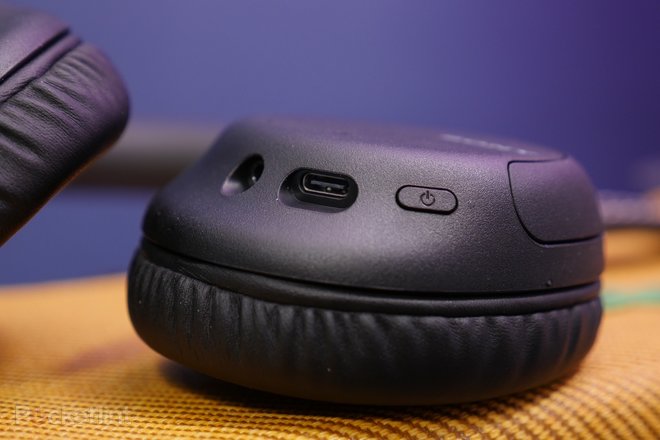
The headphones charge via USB-C, and have a form of fast-charging too. After 10 mins plugged in at the plug you’ll be able to get an hour of listening time, which is another bonus.
